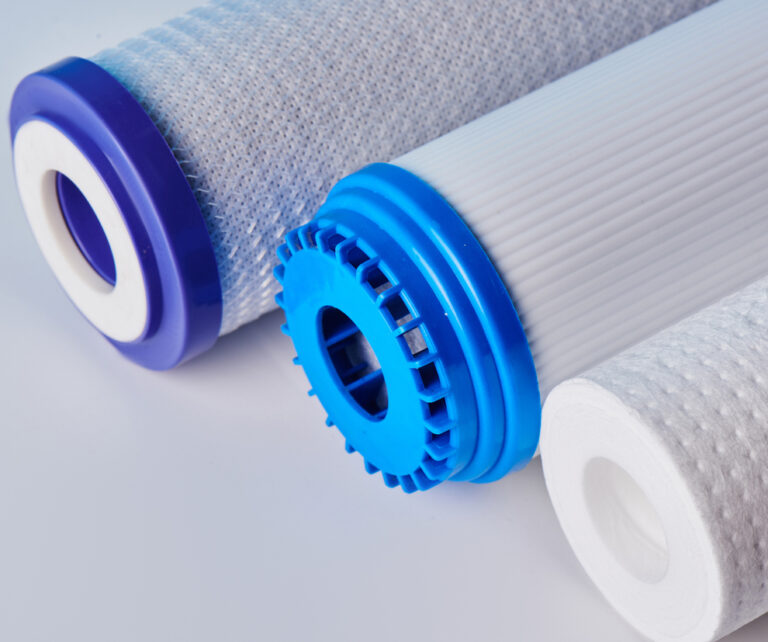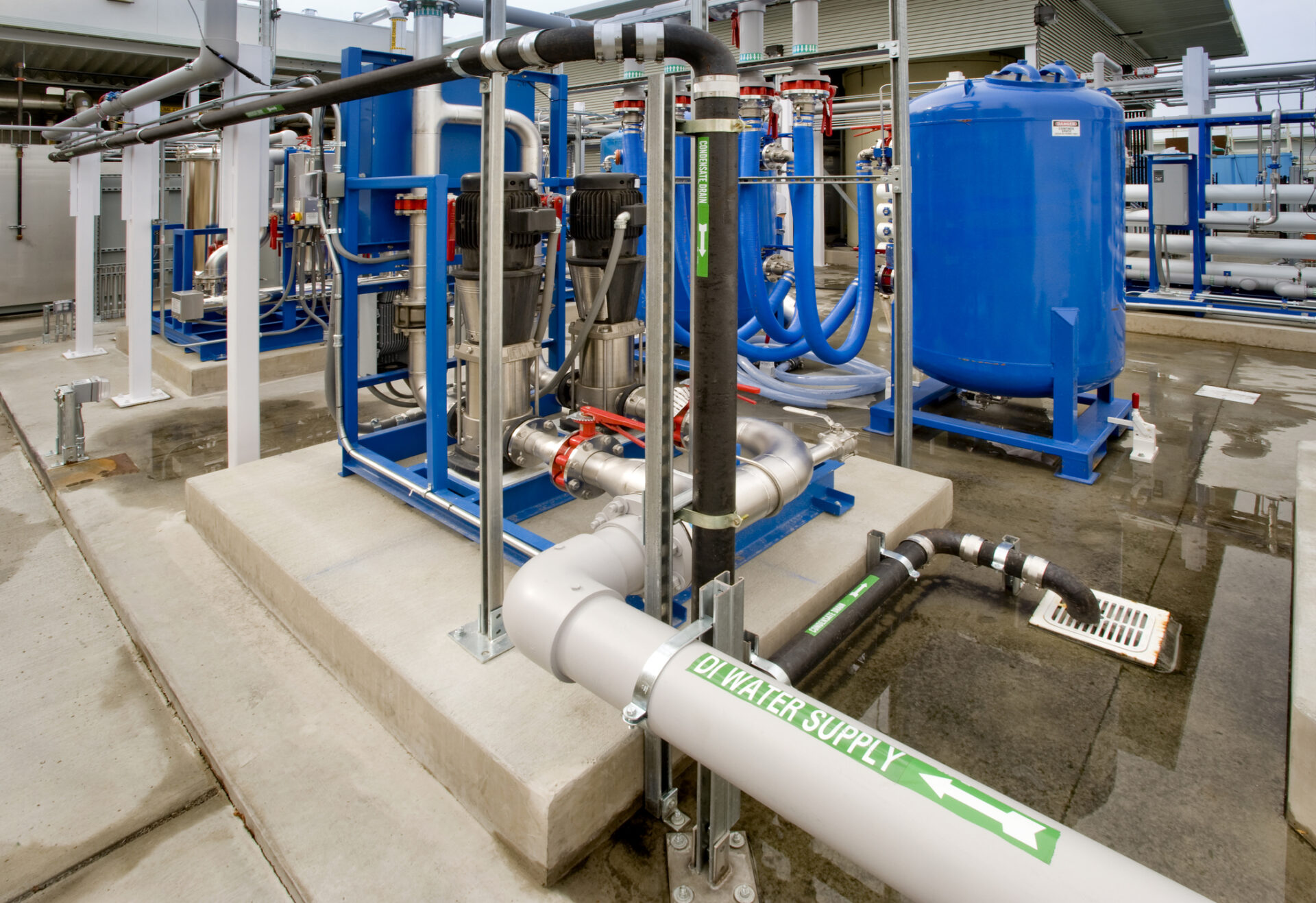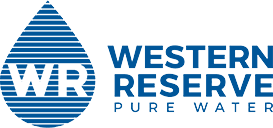What Facilities Need to Know Before Implementing ST108
Before upgrading to meet ANSI/AAMI ST108, facilities should understand how the standard impacts day-to-day sterile processing.
ST108 defines the required water quality for every cleaning and final rinse stage, ensuring instruments are free from dissolved solids, bacteria, and endotoxins before sterilization. Hospitals and surgery centers must evaluate key factors such as available flow rate, membrane performance, and tank sizing, especially in larger facilities where water demand is continuous.
Western Reserve Pure Water helps facilities calculate system requirements, plan for membrane cleaning downtime, and choose reliable DI or RO technology that maintains purity and uptime in compliance with ST108.
System Design & Key Considerations for ST108 Compliance
Achieving ANSI/AAMI ST108 water quality is all about total system design. Facilities must consider how flow rate, membrane performance, tank sizing, and redundancy all work together to maintain consistent water purity across every reprocessing cycle.
Before implementing or upgrading to meet ST108 standards, healthcare facilities should evaluate how their sterile processing department (SPD) operates under real-world conditions, especially during peak demand.
For example, a 200-bed hospital might require a DI tank capable of supporting 10-20 gallons per minute (GPM) with scheduled membrane cleanings to prevent conductivity drift and unplanned downtime.
Core Design & Operational Considerations
- Flow Rate Requirements – Determine how many gallons per minute your SPD needs during its busiest cycles. Undersized flow can delay reprocessing and compromise compliance during high-volume sterilization.
- Membrane Performance and Maintenance – Reverse osmosis (RO) and deionization (DI) membranes require routine cleanings to control scaling, biofilm, and conductivity drift. Planned maintenance schedules reduce the risk of downtime or failed validation.
- Storage and Distribution Capacity – Properly sized storage tanks ensure pressure stability and a consistent supply of high-purity water, which is critical when multiple washers or sterilizers are in use.
- System Redundancy and Reliability – Backup DI tanks, pumps, or dual RO systems maintain compliance and uptime when primary units are offline for cleaning or maintenance.
- Monitoring and Validation Controls – Continuous monitoring of conductivity, TOC, and microbial counts provides traceable documentation for Joint Commission and CMS inspections. Built-in alarms and data logging help verify system performance in real time.
Challenges Facilities Face During ST108 Transition
Adopting ST108 can be complex, especially for facilities with aging infrastructure or legacy water systems.
Many organizations discover that existing RO or DI units no longer meet the new purity parameters, or that their monitoring and documentation processes aren’t fully aligned with the standard. Other common challenges include limited mechanical room space, inconsistent water testing schedules, and unclear ownership between departments like engineering and sterile processing.
Western Reserve Pure Water simplifies the transition. Our team provides site evaluations, equipment retrofits, preventative maintenance, and ongoing support to help facilities achieve and maintain ST108 standards without disrupting patient care. We design solutions that fit your space, workflow, and budget so your facility can meet every AAMI requirement with ease.

Filtration Systems Designed for ST108 Compliance
Western Reserve Pure Water’s filtration systems are built to help healthcare facilities meet the demanding water quality standards of ST108. Designed for reliability and performance, these systems make sure your water is safe, clean, and ready for everything from medical device reprocessing to everyday use.

End-To-End Membrane Cleaning – Available Nationwide!
Save your time, money and effort by having Western Reserve Pure Water clean your existing membrane. We offer short turnaround time and loaners if needed. Shipping is an easy process, and we offer service and maintenance plans. We have customers anywhere across the U.S.
ST108 Application FAQs
ST108 consolidates and updates older AAMI standards like TIR34 and ST79, providing stricter limits for conductivity, total organic carbon (TOC), and endotoxins. The goal is consistent, verifiable high-purity water quality for sterile processing. Western Reserve Pure Water engineers design systems that meet these new, more stringent ST108 requirements without compromising workflow.
Downtime typically ranges from 4 to 8 hours, depending on the membrane type and system design. Western Reserve Pure Water minimizes interruptions by scheduling services during low-volume periods and using parallel systems or temporary mobile DI tanks to maintain uptime.
Both the Joint Commission and Centers for Medicare & Medicaid Services (CMS) now reference ST108 as the expected benchmark for sterile processing water quality. Noncompliance can result in corrective actions or survey citations. Western Reserve Pure Water ensures your documentation, validation, and system performance meet inspection-ready standards.
ST108 specifies that final rinse water must meet critical water standards, including limits for conductivity, total organic carbon (TOC), microbial count, and endotoxin levels. These parameters ensure instruments are free from chemical or biological residues before sterilization.
Flow rate depends on instrument volume, reprocessing load, and shift schedules. A typical large-scale hospital may require 10-20 gallons per minute with a DI storage tank of 300-500 gallons. Western Reserve Pure Water’s engineers perform a site-specific water demand analysis to size systems accurately and maintain ST108-grade water quality during peak use.
Western Reserve Pure Water provides turnkey ST108 implementation, including design, installation, validation, and service. As a Midwest-based provider, we specialize in healthcare-grade water systems that meet AAMI, FDA, and Joint Commission expectations, helping facilities achieve safe, consistent, and survey-ready performance.
Several providers offer ST108-compliant mobile DI exchange tanks, but regional service and maintenance quality vary widely. Western Reserve offers certified mobile DI systems with documented validation, rapid delivery, and complete traceability for healthcare and pharmaceutical clients.
Validation frequency depends on facility policy, but most healthcare organizations conduct quarterly or semiannual testing to verify compliance. Western Reserve provides scheduled validation services and documentation to ensure ongoing readiness for audits or accreditation reviews.
Need Help Navigating ST108?
Don’t leave compliance to chance. Contact Western Reserve Pure Water to assess your current systems and get expert recommendations.

